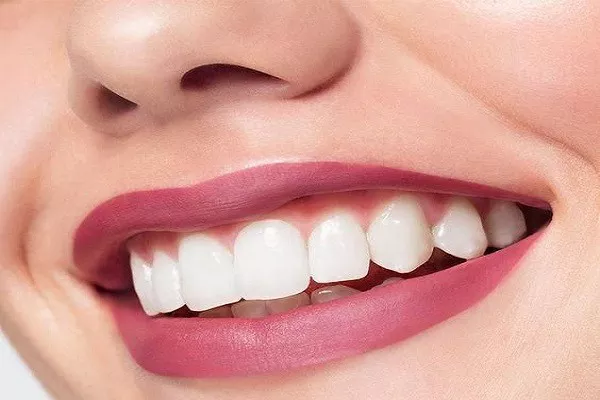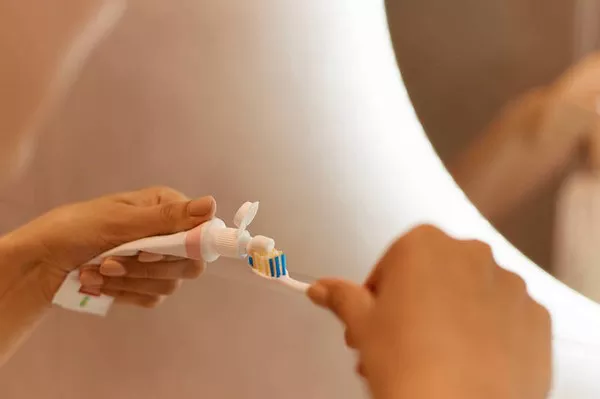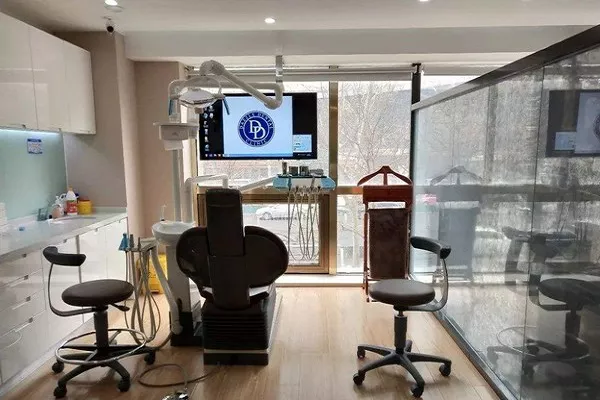Whitening strips have become a popular method for achieving a brighter, whiter smile. However, some people experience sensitivity in their teeth after using these strips. If you’re one of them, you may be wondering how to fix sensitive teeth after whitening strips. In this article, we’ll explore some tips for alleviating sensitivity and restoring your smile.
Determine the Cause of the Sensitivity
Before you can fix sensitive teeth after whitening strips, it’s important to determine the cause of the sensitivity. There are several reasons why you may be experiencing sensitivity, including:
- Enamel erosion: Whitening strips can cause enamel erosion, which can make teeth more sensitive.
- Gum irritation: If the whitening strips come into contact with your gums, they can cause irritation and sensitivity.
- Allergic reaction: Some people may be allergic to the ingredients in the whitening strips, which can cause sensitivity.
Once you know the cause of your sensitivity, you can take steps to fix it.
How to Fix Sensitive Teeth After Whitening Strips
- Take a Break from Whitening
If you’re experiencing sensitivity after using whitening strips, it’s important to take a break from using them. Give your teeth and gums a chance to recover before resuming treatment. This can help alleviate sensitivity and prevent further damage.
- Use a Desensitizing Toothpaste
Desensitizing toothpaste can help alleviate sensitivity in teeth. These toothpastes contain ingredients that block the transmission of pain signals from the nerve endings in your teeth. Look for a toothpaste that is specifically designed for sensitive teeth, and use it regularly to help reduce sensitivity.
- Avoid Acidic Foods and Drinks
Acidic foods and drinks can exacerbate sensitivity in teeth. These include citrus fruits, soda, and coffee. Try to avoid these foods and drinks while you’re experiencing sensitivity. If you do consume them, rinse your mouth with water afterwards to help neutralize the acid.
- Visit Your Dentist
If you’re experiencing sensitivity after using whitening strips, it’s a good idea to visit your dentist. They can examine your teeth and gums to determine the cause of the sensitivity and recommend treatment options. Your dentist may recommend a fluoride treatment, which can help strengthen tooth enamel and reduce sensitivity. In some cases, they may also recommend a gum graft or other treatment to address gum irritation.
- Use a Lower Concentration of Whitening Strips
If you’re still interested in using whitening strips after experiencing sensitivity, consider using a lower concentration. Over-the-counter whitening strips come in various strengths, and some are more powerful than others. Using a lower concentration can help reduce the risk of sensitivity while still achieving a whiter smile.
- Consider Other Whitening Options
If you’re unable to tolerate whitening strips due to sensitivity, there are other whitening options available. Your dentist can recommend professional whitening treatments, which are often more effective and less likely to cause sensitivity. In-office treatments such as laser whitening or tray-based whitening systems may be a better option for those with sensitive teeth.
Conclusion
Experiencing sensitivity after using whitening strips is a common issue, but there are several ways to fix it. By taking a break from whitening, using a desensitizing toothpaste, avoiding acidic foods and drinks, visiting your dentist, and considering other whitening options, you can alleviate sensitivity and restore your smile. Always talk to your dentist before starting any whitening treatment, and be sure to follow their recommendations for safe and effective use.
Related Topics:































